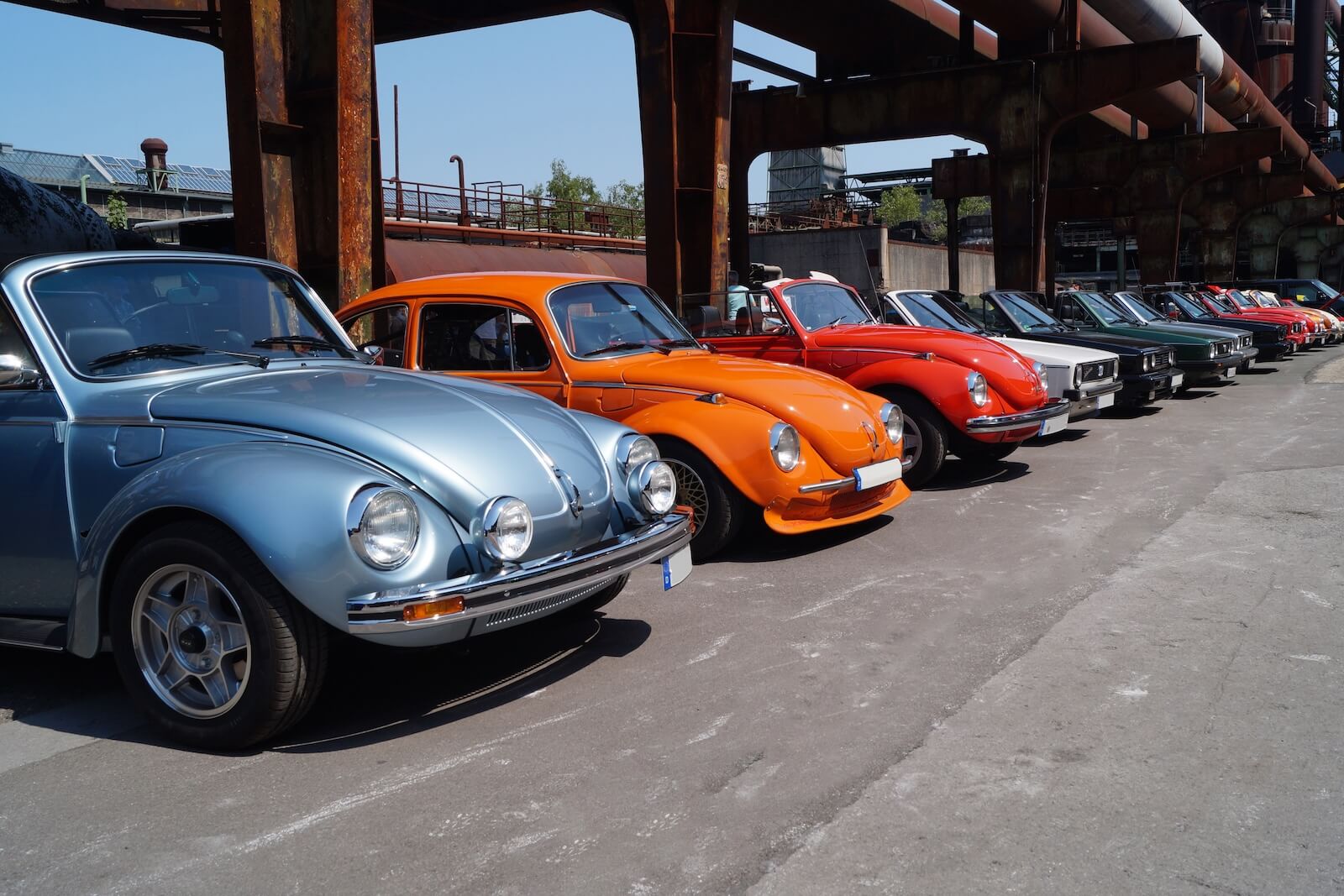Youngtimer vs. Oldtimer: What’s the Real Difference?
What Is an Oldtimer?
In German, the term Oldtimer is commonly used to describe historic motor vehicles. However, a vehicle only officially gains Oldtimer status when it receives an “H license plate,” which includes a special “H” at the end of the registration number. According to an EU-wide directive on classic cars, specific legal criteria must be met for this designation. The vehicle must have been registered for at least 30 years and possess historical value. An Oldtimer with an H plate also qualifies for tax advantages due to its historical significance.
What Is a Youngtimer?
Compared to an Oldtimer, a Youngtimer is slightly younger. The term typically refers to cars between 20 and 30 years old—vehicles on the verge of becoming Oldtimers. Although not officially defined, the term is used for cars already seen as classics but not yet eligible for Oldtimer status.
The Differences: Oldtimer vs. Youngtimer
One key difference between an Oldtimer and a Youngtimer is value appreciation. While Oldtimers are already sought-after collectibles with the potential for significant increases in value, Youngtimers are still in the early stages of appreciation. Some models are still relatively affordable, but prices for well-maintained examples often rise sharply once they pass the 30-year mark—especially if they are rare or in exceptional condition.
Another difference lies in usage. Youngtimers are often technically closer to modern vehicles and are therefore more practical for everyday use. Spare parts are generally easier to find, and maintenance is less demanding. In contrast, Oldtimers often require more care and are usually not suitable for daily driving. However, Oldtimers benefit from tax breaks and lower insurance premiums due to the H license plate.

